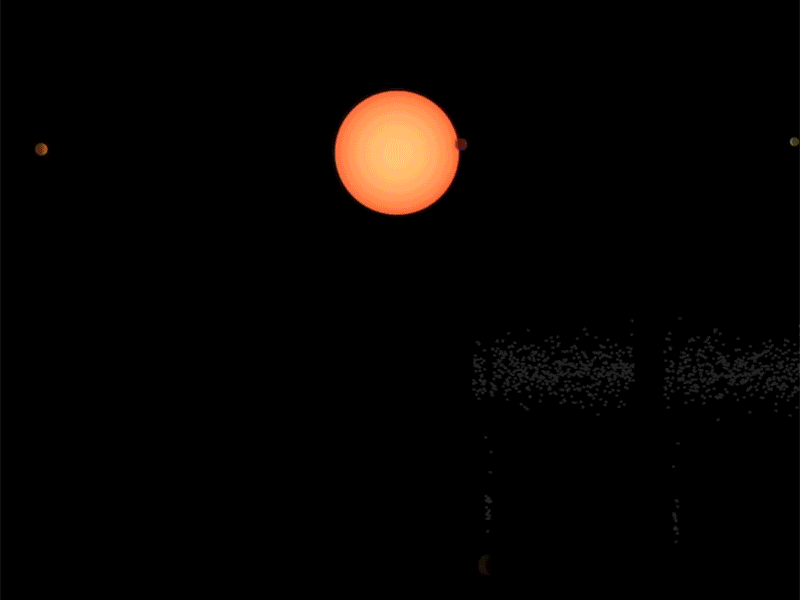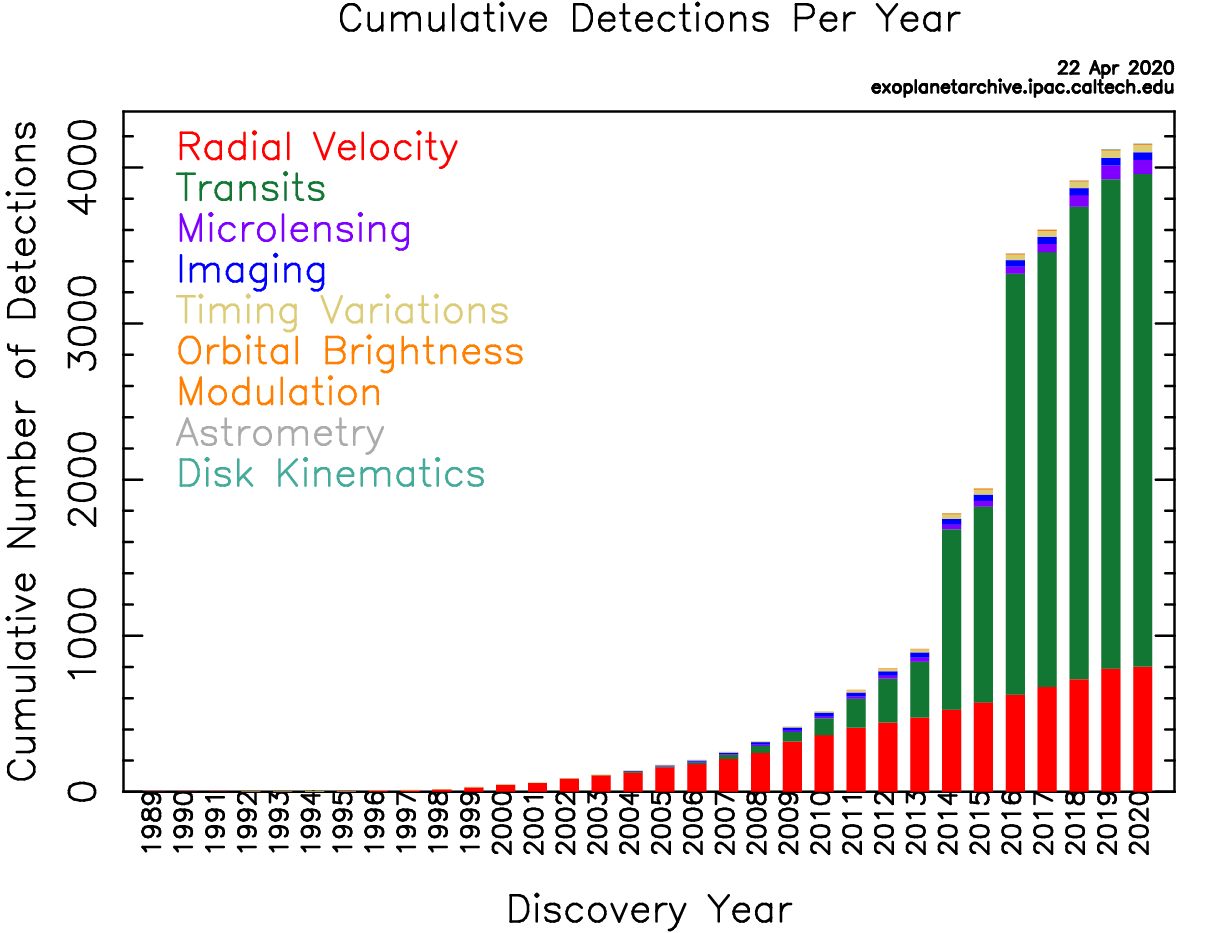What’s a transit?
Most known exoplanets have been discovered using the transit method. A transit occurs when a planet passes between a star and its observer. Transits within our solar system can be observed from Earth when Venus or Mercury travel between us and the Sun.
Transits reveal an exoplanet not because we directly see it from many light-years away, but because the planet passing in front of its star ever so slightly dims its light. This dimming can be seen in light curves – graphs showing light received over a period of time. When the exoplanet passes in front of the star, the light curve will show a dip in brightness.
This data is part of why transits are so useful: Transits can help determine a variety of different exoplanet characteristics. The size of the exoplanet’s orbit can be calculated from how long it takes to orbit once (the period), and the size of the planet itself can be calculated based on how much the star’s brightness lowered.
We can also learn about an exoplanet’s atmosphere during a transit. As it transits, some light will go through its atmosphere and that light can be analyzed to determine what different atmospheric elements influenced its particular dispersion. Atmospheric composition is important to determining habitability. Habitability can be further shown through orbital size and star temperature. These help determine the temperature of the planet itself, thus telling us whether its surface is a comfortable temperature or unsuitable for life.

There are a few other methods of finding an exoplanet, which you can learn about here!

NASA has found thousands of exoplanets by observing planetary transits. The Kepler mission was designed to explore the diversity and structure of exoplanetary systems. Its nine-year mission resulted in thousands of confirmed exoplanets and, due to how much data was produced, thousands more in the process of confirmation. TESS, Kepler’s successor, is currently in space on a two-year mission to discover potentially ten thousand more transiting exoplanets in orbit around bright host stars in our solar neighborhood. During Kepler’s primary mission, it fixed its telescope on only one section of the sky. TESS covers an area 400 times larger, searching almost the entire sky.




